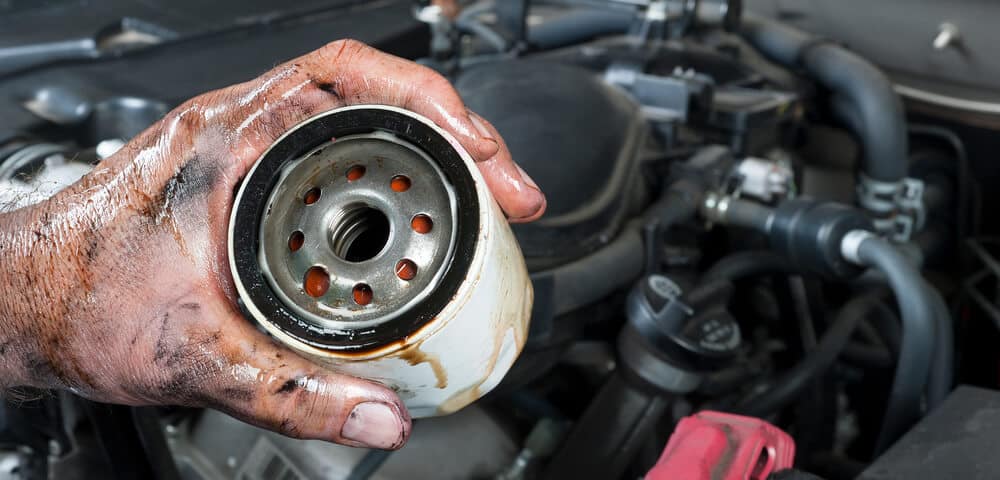
Unveiling the Mystery: Oil Leak Location Guide for Vehicle Owners
When it comes to vehicle maintenance, one crucial aspect that often slips through the cracks is identifying the elusive oil leak location. Ignoring this issue can lead to serious consequences, impacting not only your vehicle’s performance but also the environment. In this comprehensive guide, we will delve into the signs of an oil leak, how to pinpoint the source, common locations for oil leaks, DIY repairs, when to seek professional help, and preventive measures to ensure a smoother ride.
Oil leaks may seem like a minor nuisance, but their repercussions can be far-reaching. Understanding how to detect and address oil leaks is key to maintaining your vehicle’s health and minimizing environmental impact. Regular maintenance is the first line of defense against potential issues, making it imperative for every vehicle owner to grasp the intricacies of oil leak location.
Signs of an Oil Leak
Detecting an oil leak early can save you from costly repairs down the road. Keep an eye out for the following signs:
Puddles or Spots under the Vehicle
One of the most visible indicators of an oil leak is the presence of oil puddles or spots beneath your parked vehicle. These stains are typically dark brown or black and have a distinct oily texture.
Burning Oil Smell
If you notice a persistent burning oil smell while driving, it’s a red flag. This scent indicates that oil is likely leaking onto hot engine components, causing it to burn and produce a characteristic odor.
Warning Lights on the Dashboard
Modern vehicles are equipped with advanced sensor systems that can detect irregularities in oil pressure. If your dashboard displays warning lights related to oil pressure, it’s crucial to investigate promptly.
Identifying the Source of the Leak
Knowing how to pinpoint the location of an oil leak is essential for effective troubleshooting. Here are the steps you can take:
Visual Inspection of the Engine
Open the hood and visually inspect the engine for any visible signs of oil leaks. Look for wet, shiny areas or accumulated grime, which may indicate a leaky seal or gasket.
Use of Leak Detection Dyes
Specialized leak detection dyes can be added to the engine oil. These dyes will help trace the path of the leak, making it easier to identify the source. This method is particularly useful for elusive leaks that may not be immediately visible.
Consulting a Professional Mechanic
If you’re unable to identify the source of the oil leak, it’s advisable to consult a professional mechanic. They have the expertise and tools to conduct a thorough inspection and provide accurate diagnosis and repair recommendations.
Common Oil Leak Locations
Understanding the typical areas prone to oil leaks can expedite the troubleshooting process. Here are some common locations:
Oil Pan Gasket
The oil pan, located at the bottom of the engine, is sealed with a gasket. Over time, this gasket may wear out, leading to oil leaks. Inspecting and replacing a damaged oil pan gasket is a common repair.
Valve Cover Gasket
The valve cover sits atop the engine and is sealed with a gasket. A deteriorating valve cover gasket can result in oil leaks, often visible around the edges of the valve cover.
Rear Main Seal
The rear main seal is located at the back of the engine and seals the crankshaft. A damaged rear main seal can cause oil to leak between the engine and transmission. Replacing this seal requires more extensive repairs.
DIY Oil Leak Repairs
Certain oil leaks can be addressed with simple do-it-yourself fixes. Here are some tips:
Replacing a Faulty Gasket
If the leak is traced to a damaged gasket, replacing it can often resolve the issue. Ensure you use the correct gasket for your vehicle make and model.
Tightening Loose Oil Pan Bolts
In some cases, oil leaks may occur due to loose oil pan bolts. Carefully tighten these bolts to the manufacturer’s specifications to prevent further leaks.
Using Stop-Leak Additives Cautiously
Stop-leak additives can be a temporary solution for minor leaks. However, it’s crucial to use them cautiously, as relying on them for extended periods may mask underlying issues.
When to Seek Professional Help
While some oil leak repairs are manageable for DIY enthusiasts, certain situations necessitate professional intervention:
Persistent or Severe Leaks
If the oil leak persists or is severe, it’s time to seek the expertise of a professional mechanic. Continuing to drive with a significant oil leak can lead to engine damage.
Unusual Engine Noises
Unusual noises, such as knocking or ticking, accompanied by an oil leak, may indicate internal engine issues. Prompt professional attention is crucial to prevent further damage.
Loss of Oil Pressure
A sudden loss of oil pressure, indicated by dashboard warnings, requires immediate attention. Driving with low oil pressure can result in catastrophic engine failure.
Preventing Future Oil Leaks
Proactive maintenance is the key to preventing future oil leaks. Consider the following tips:
Regular Oil Changes
Frequent oil changes with the recommended oil type and filter can prolong the life of gaskets and seals, reducing the likelihood of leaks.
Monitoring Fluid Levels
Regularly check your vehicle’s fluid levels, including oil. Detecting a drop in oil levels early can help prevent serious issues.
Addressing Issues Promptly
If you notice any signs of an oil leak or other engine abnormalities, address them promptly. Timely repairs can prevent small issues from escalating into major problems.
Conclusion
In conclusion, understanding and addressing oil leaks promptly is essential for maintaining your vehicle’s longevity and performance. By being proactive in identifying the signs, locating the source, and taking appropriate measures, you can avoid costly repairs and ensure a smoother driving experience. Remember, a well-maintained vehicle not only saves you money but also contributes to a cleaner and healthier environment. Don’t underestimate the power of preventive maintenance in keeping your wheels rolling smoothly.


